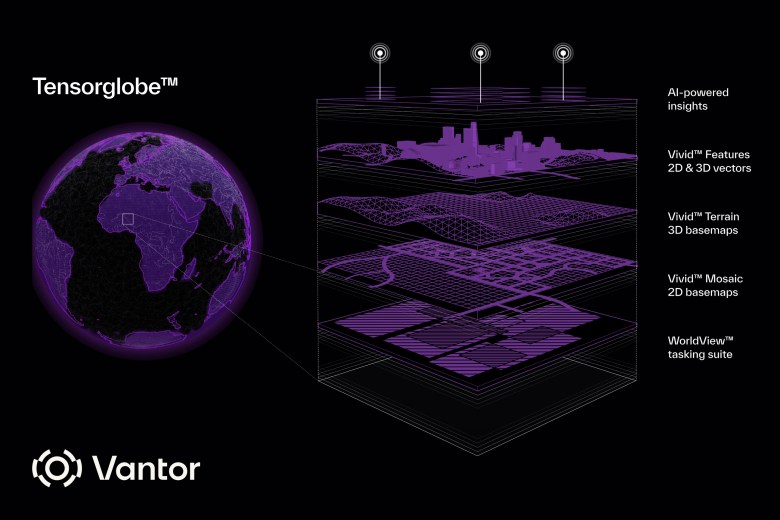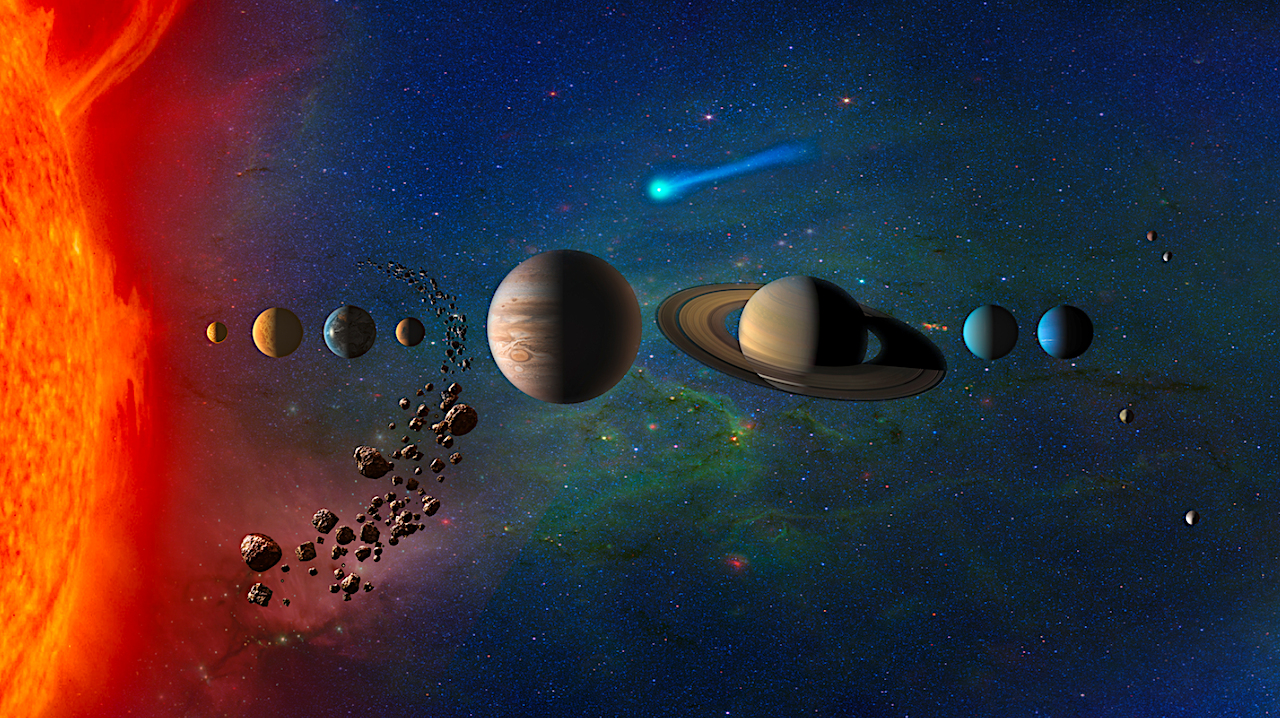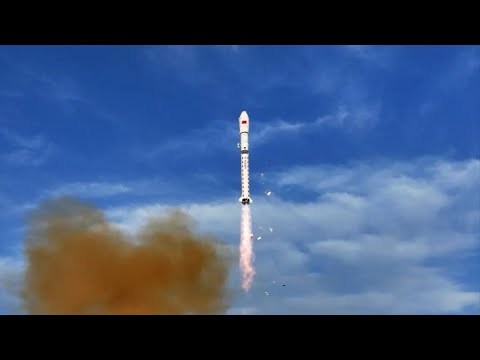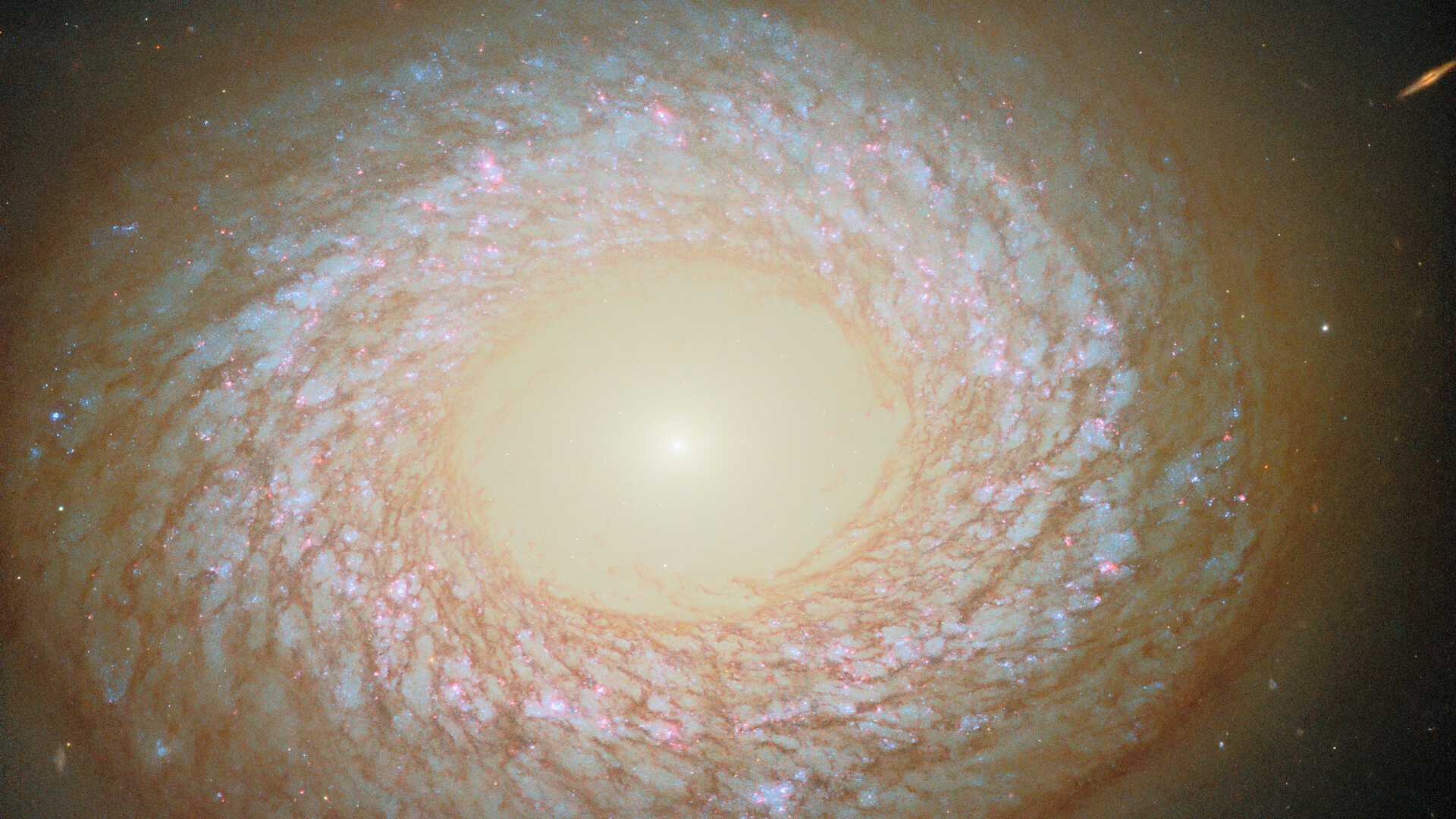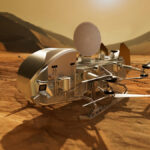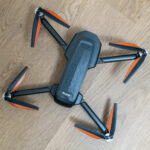Maxar Technologies, the space and satellite company formed in 2017, has shed its name. On Oct. 1, the company unveiled new identities for its two businesses: Maxar Intelligence will now
Hot Posts724- Page
Our solar system — NASA The Special Issue of Geosciences entitled “Worlds of the Solar System: Geological Evolution and Habitability of Planets and Moons” aims to bring together the latest
Considering the immense size of the universe, it’s no surprise that space still holds plenty of secrets for us. Recently, astronomers believe they stumbled upon a kind of cosmic blast
ETI broadcasts of a galaxy over its history form a population described by distributions (left). Surveys, and observations within the surveys, select subsets of the positions, times, and frequencies (and
What if our understanding of Uranus and Neptune’s compositions have been wrong, specifically regarding their classifications as “ice giants?” This is what a recent study accepted for publication in Astronomy
As one half of the International Gemini Observatory, the Gemini North telescope in Hawaii provides astronomers with a window into the distant universe, from growing stars to evolving galaxies. Its
HELSINKI — China conducted an orbital launch Monday with no apparent advance indication, successfully sending the Shiyan-31 remote sensing test satellite into orbit. A Long March 2D rocket lifted off
This study investigates the formation of carbon dioxide clathrate hydrates under conditions simulating interstellar environments, a process of significant astrophysical and industrial relevance. — ACS Omega via PubMed This study
Astronomers have long sorted galaxies into types based on their visible structure. Spiral galaxies, like our Milky Way, have a flat disk, winding spiral arms and ongoing star formation. Ellipticals
Science & Exploration 07/10/2025 18648 views 48 likes The two Mars orbiters had the closest view of the comet of all ESA spacecraft. During its closest approach to the Red
-
 012024 in Review: Highlights from NASA in Silicon Valley
012024 in Review: Highlights from NASA in Silicon Valley -
 02Panasonic Leica Summilux DG 15mm f/1.7 ASPH review
02Panasonic Leica Summilux DG 15mm f/1.7 ASPH review -
 03How New NASA, India Earth Satellite NISAR Will See Earth
03How New NASA, India Earth Satellite NISAR Will See Earth -
 04And Thus Begins A New Year For Life On Earth
04And Thus Begins A New Year For Life On Earth -
 05Astronomy Activation Ambassadors: A New Era
05Astronomy Activation Ambassadors: A New Era -
06SpaceX launch surge helps set new global launch record in 2024
-
 07Space Force plans new ‘Futures Command’ amid pressure to speed up modernization
07Space Force plans new ‘Futures Command’ amid pressure to speed up modernization


